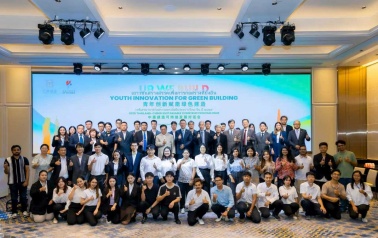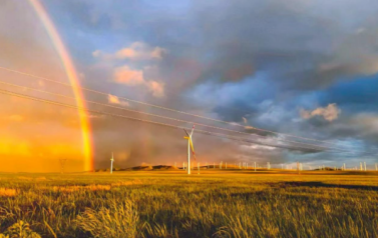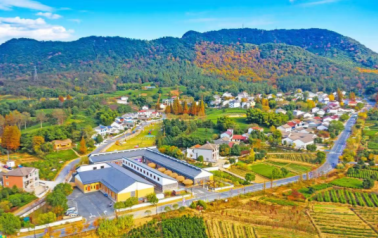
On November 21, 2015, LaoSat-1, Laos’s first communications satellite and China’s first satellite export to an ASEAN country — was successfully launched. Jointly developed by China Aerospace Science and Technology Corporation (CASC) in collaboration with Laos, it has since provided stable satellite services nationwide.

For over four decades, China State Construction Engineering Corp (CSCEC) has woven itself into the fabric of Thailand's development, not only through the construction of iconic structures like the Rama VIII Bridge and the China-Thailand High-Speed Railway project, but also by nurturing a thriving "forest of talent" that supports both the construction industry and local communities.
China Southern Power Grid International Co., Ltd. (CSG International) successfully held its first “Cross-Cultural Integration Month” in September, bringing together employees from China, Laos, Vietnam, Chile, Peru, Venezuela, and other countries in a series of events that deepened cultural understanding, enhanced management efficiency, and strengthened the company’s foundations for high-quality international development.

Georgios Chatzistylianos is a Greek engineer with the European branch of Guohua Energy Investment Co., Ltd. (Guohua Investment), a subsidiary of China Energy Investment Corporation Co., Ltd. Recently he shared his transformative experience visiting China with his colleagues in Greece. He highlighted how the Chinese philosophy of “lucid waters and lush mountains are invaluable assets” offers fresh perspectives on enhancing safety, environmental protection, and ecological coordination in wind power projects.

In Iraq’s Muthanna Province, new schools are rapidly emerging along the Euphrates River. Every morning, children with schoolbags fill these freshly built campuses, their reading voices echoing on the edge of the desert.
Across the vast deserts and grasslands of Turkmenistan, a group of Chinese engineers, known locally as the "Guardians of the Turbine", have dedicated themselves to ensuring a stable energy supply. With advanced technology and unwavering commitment, they not only supported local infrastructure but also injected new momentum into energy cooperation between China and Turkmenistan.
The CCTEG Shenyang Engineering Company, a subsidiary of the China Coal Technology & Engineering Group (CCTEG), is expanding its international footprint, advancing mining and industrial cooperation in more than 20 countries under the Belt and Road Initiative.

Originating in Zhejiang Province, the concept that “lucid waters and lush mountains are invaluable assets” embodies the harmony between economic growth and ecological protection.